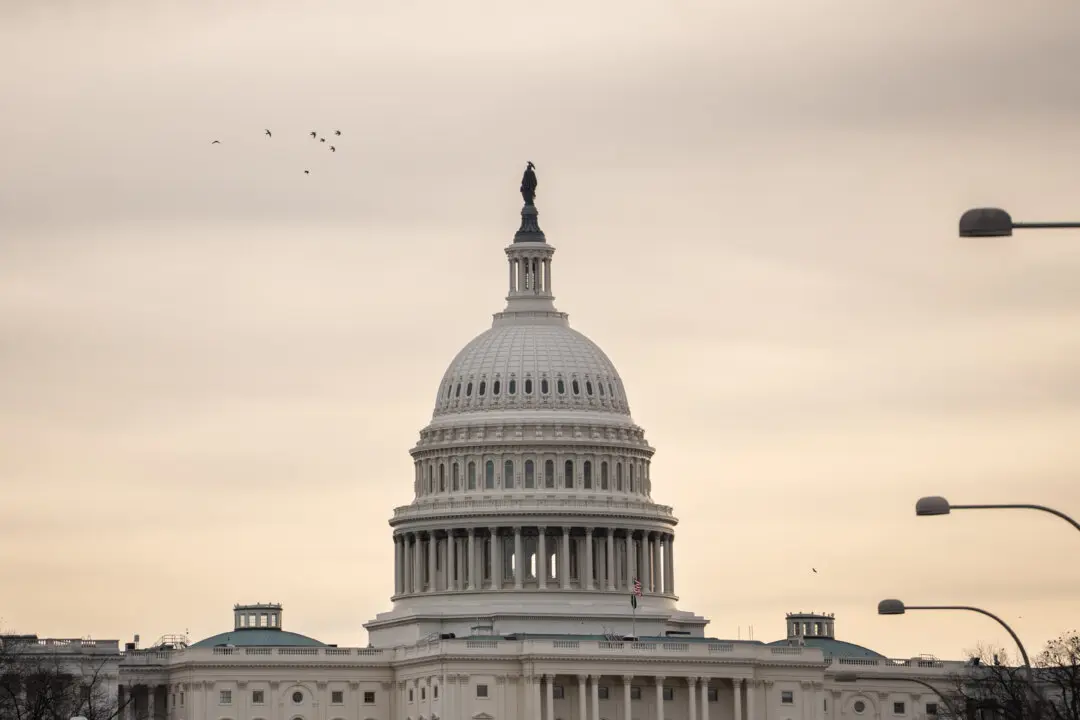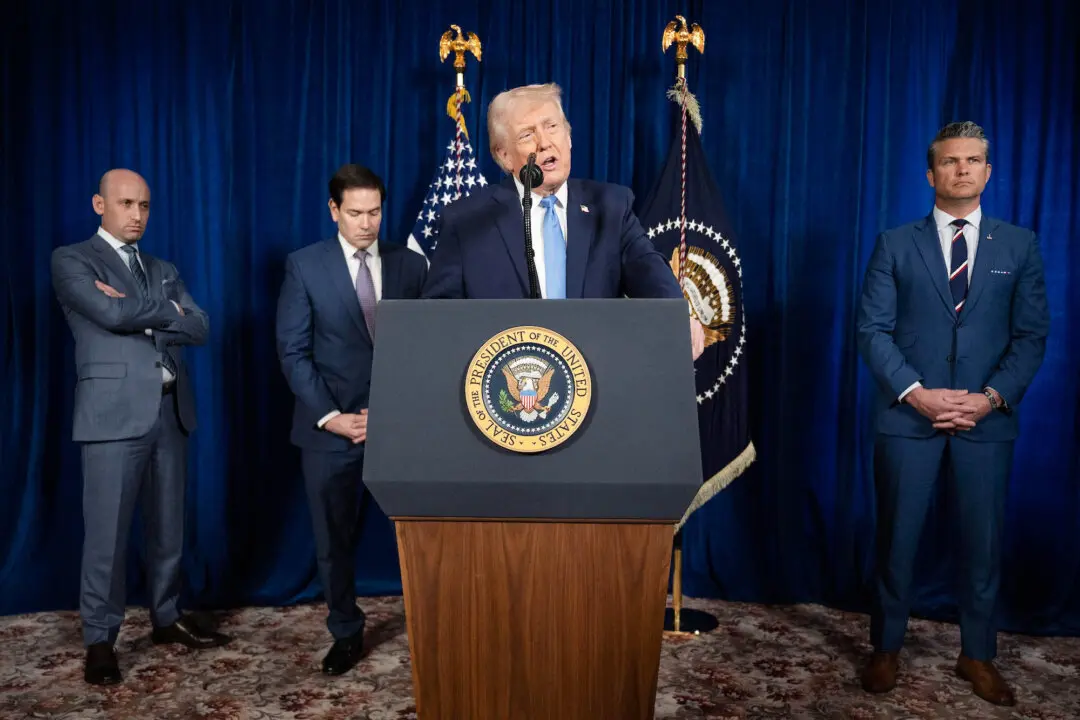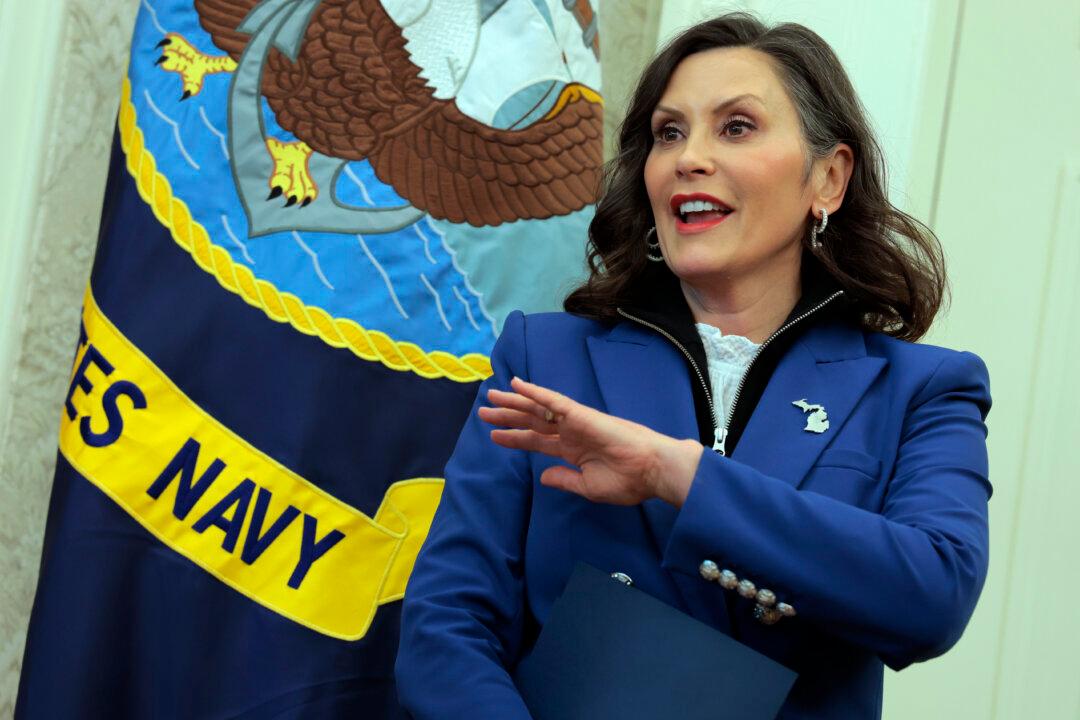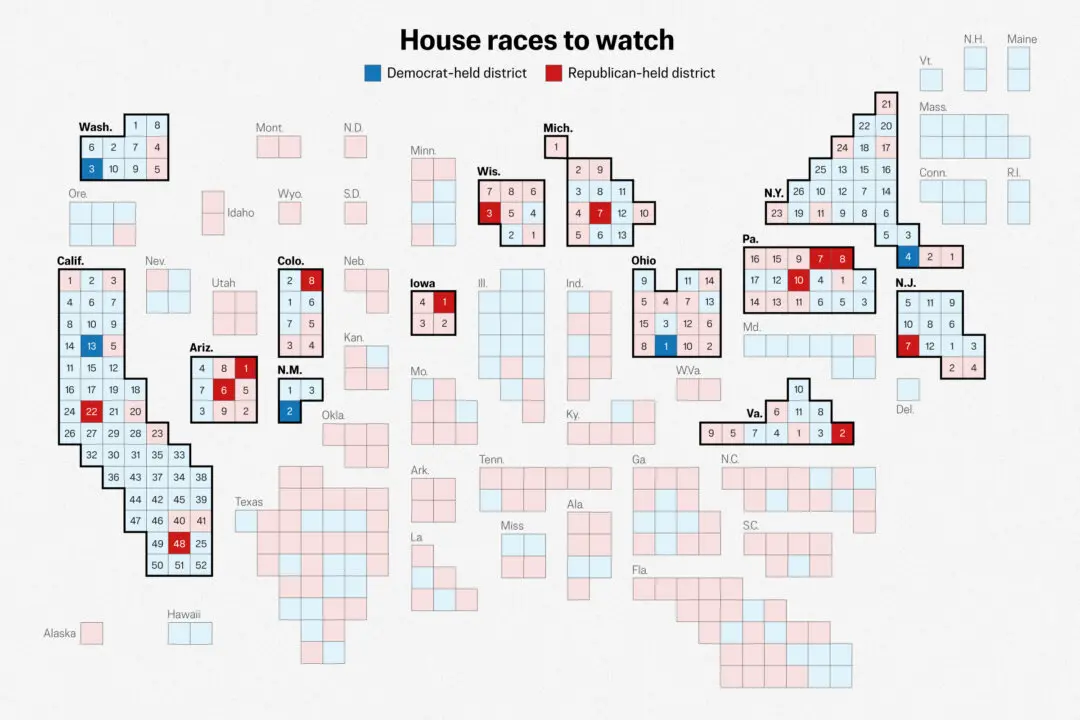After its tentative last hearing, the House Jan. 6 Committee has left many crucial questions about the events of that day unanswered, despite its professed goal of getting to the bottom of the Jan. 6 Capitol protest.
Though Chairman Bennie Thompson (D-Miss.) intimated that more hearings may be forthcoming, the committee’s ninth hearing on Oct. 13 is—for the time being—the last meeting of the controversial panel. That hearing, which culminated in a 9-0 vote to subpoena former President Donald Trump, left many crucial questions unaddressed.





